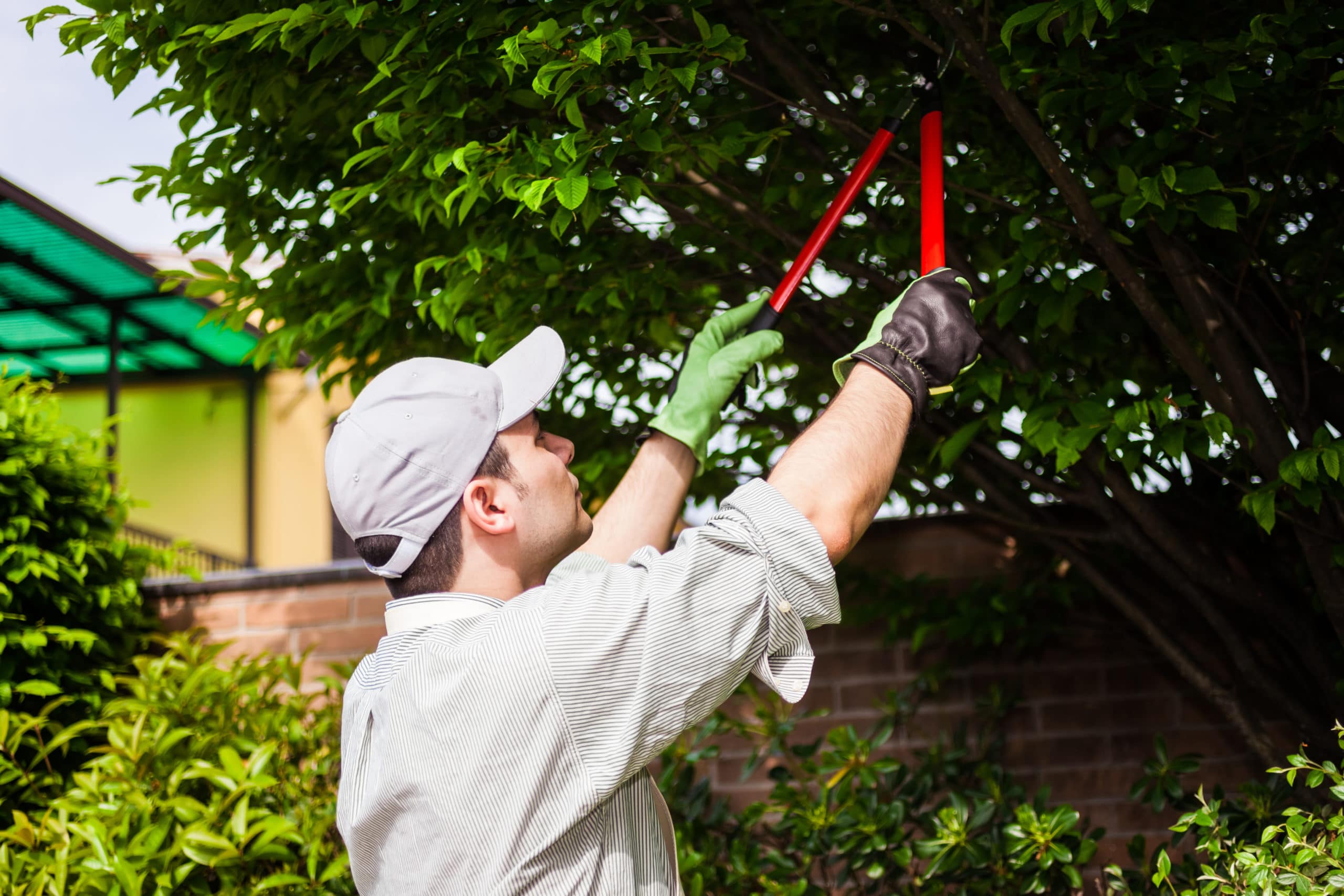Tree pruning is the process of removing sections of a tree selectively. To encourage healthy tissue growth, some prune their trees to remove dead or diseased limbs or branches, while others do it for aesthetic purposes. The most important reason is for safety reasons.
As autumn approaches, you probably work on every sort of home project to make sure your house is ready for winter. One thing a lot of people don’t think about is the trees around their home. Trees are a fairly commonplace addition to your home and don’t normally cause a lot of concern or alarm to the homeowner. However, the issue is that if you don’t pay attention to them , trees will do a lot of damage to your home, and particularly to your roof. So we’ve decided to get this information out to let you know the dangers that trees pose to residential roofs, and how you can do something about it! Don’t wait for the tree to fall, take action, and protect your home and roof for years to come through our tree pruning service. Here’s what you need to know:
Overhanging Branches
Branches can quickly break in strong winds, or just snap. When that happens, the bigger limbs will break or place dents or holes on the roofs, while smaller branches will take down or damage the shingles.
Therefore, it’s a smart idea when fall approaches to just get rid of all overhanging branches within the vicinity, especially the ones closer to your house. As a rule, you should have about 10 feet clearance from every branch around your home. You can also go and search for signs of redness or decay on any nearby trees, as dead limbs will fall or break. It’s best to get the limbs and branches that may be threatening in advance, so try to get these threatening branches down before winter hits. Early tree pruning will save out a lot of unwanted costs.
Needles and Leaves
Cleaning the leaves and pine needles off your roof is also very necessary. Although you might have to wait until most of the leaves have fallen, you’ll be in a safe zone if you can get those leaves and any other debris off the roof until it snows. The issue is that they can trap moisture, which is really bad for your roof, as leaves and needles pile up on the roof. This trapped moisture will then reach your shingles and ultimately your wooden support beams, producing warping and possible leaks and rotting.
Gutters
You might as well take care of your gutters while you’re up there sweeping off the roof. It’s a horrible, thankless chore, but it’s something that you’re going to have to do before winter. Those leaves and needles we just spoke of, can get trapped in the gutter, which is bad news for you. If gutters are obstructed, instead of the downspout, water will spill out the gutter trough, which can erode your foundation and ruin your landscaping. What’s more, leaves and needles block melting ice from flowing out of the gutter system , which means you’re likely to get ice jams this winter if you do not clean them out.
Old or dead trees
Fallen trees are the most damaging issue when it comes to roofs. They will definitely break straight through the roof of your house, even if they’re just medium to small-sized branches, causing serious harm that will take a while to fix. Cutting tree branches if needed or checking the trees at least once a year around your house to make sure they’re still alive and have no sections that are decaying or dead is a smart idea You should try contacting a nearby tree-cutter who will easily take it down and dispose it for you if you believe that one of your trees is older, and maybe not as stable as it used to be.

